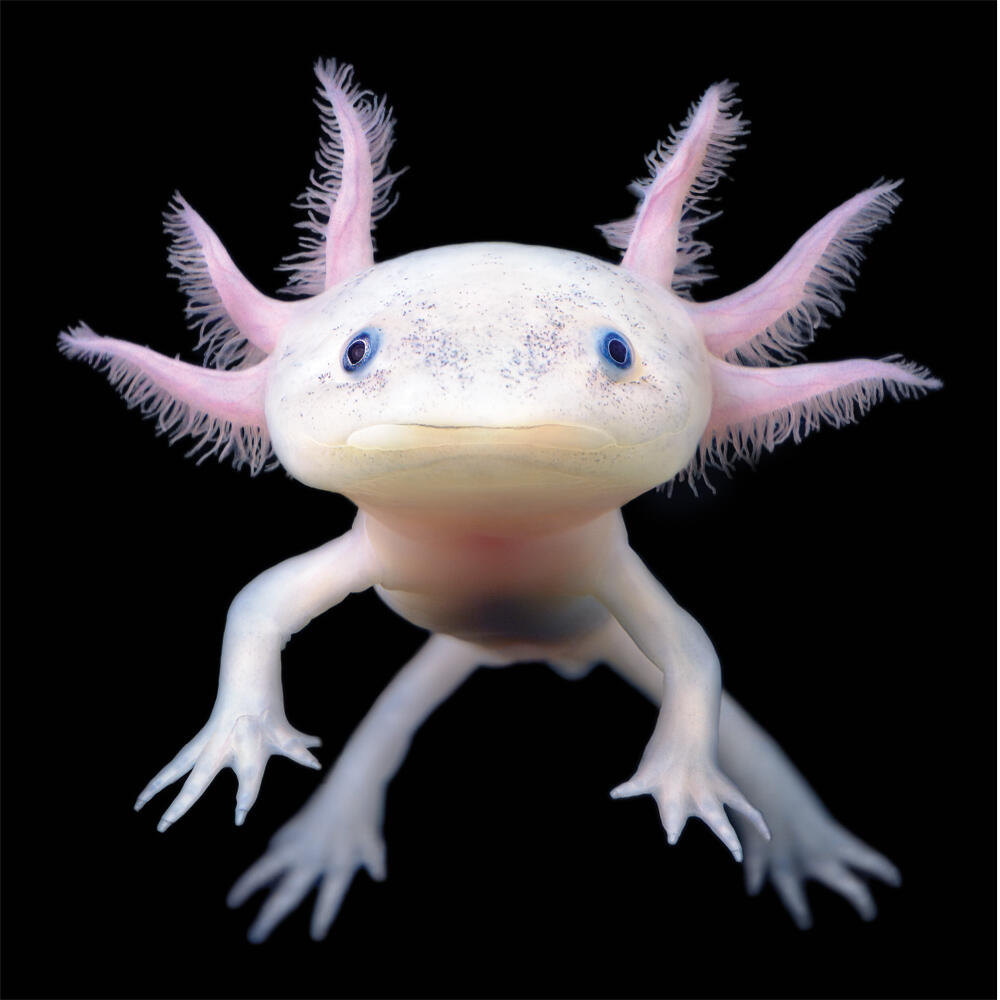w3: deep sea survival guide 3
Communication is particularly difficult in the deep sea, as traditional forms of communication, such as radio waves or optical signals, experience significant loss and degradation as they propagate through the water. The absorption of these waves limit their transferrable range and make reliable long-distance communication challenging. The immense water pressure in the deep sea also makes it hard for cables and equipment as they are vulnerable to extreme conditions and predatory animals. Hence, to establish a reliable connection and communication in the deep sea, scientist must push the boundaries of technology.
One approach to deep sea communication is, of course the bioluminescent signalling. (pardon my obsession with bioluminescent fishes) Drawing inspiration from the mesmerizing bioluminescent displays of deep-sea organisms, engineers could perform genetic engineering on fishes to emit specific light patterns and colours in response to encoded messages. To make sure that the bioluminescent fishes come in handy when we need it, specially designed "light towers" will be installed in every buildings, which houses these bioluminescent fish. Imagine a line of beacons with thousand sparks of lights in the deep sea, each serve as an interaction hub between humans.
In the future, humans will need to learn to interpret and respond to the bioluminescent signals. A system of encoded patterns will be developed, such as assigning specific light patterns or durations to represent different messages. For example, a sequence of quick flashes could indicate an emergency, while a slow pulsating glow means "I Love You" in deep sea language. Through training and education, individuals would become adapt to understanding the encoded patterns and their corresponding meanings.
Maintaining warmth in the deep sea is also a challenge to humans. To make the deep sea a hospitable environment, scientist has to find ways to keep warm in the deep sea. One of the approaches is to cultivate genetically modified algae that has the ability to absorb and store heat in their cells, then release the heat into the deep sea environment. Structures in the settlement are designed with intricate systems of channels occupied with algae. The cold water that flows through the algae channel are warmed up to room temperature, then circulate in the building. Im this way, heat are distributing equally throughout the settlement, keeping the residents warm in the chilly deep sea.
Special pool within the settlement are filled with algae that generate heat, allowing the residents to indulge in the thermal algae bath. (equivalent of hot spring spa) These soothing baths give the residents a feeling of relaxation and warmth. Inspired by the properties of algae, innovative thermal clothing are also developed to keep the residents warm. These garments incorporate soft materials that mimic the heat-generating abilities of the algae, helps in retaining the body heat.
Deep sea residents also engage in sustainable fishing practices that prioritise maintaining the ecosystem of the deep sea. Marine biologist establishes catch limits for every deep sea species and introduces advanced technology to hunt deep sea creatures responsibly. To ensure a consistent food source, deep-sea aquaculture systems are also developed. Edible deep sea species are cultivated in controlled environments that replicate the natural conditions. By focusing on sustainable harvesting practices. human minimise their impact on the deep-sea food chain.
Here's some popular deep sea recipes in the future:
Deep-Sea Ceviche:
Ingredients:
1 lb fresh diced deep-sea octopus fillets
1 cup diced deep-sea shrimp
1/2 cup diced deep-sea scallops
1/4 cup freshly squeezed lime juice
1 jalapeño pepper, seeded and minced
1/4 cup chopped fresh cilantro
Salt and pepper, to taste
Instructions:
In a bowl, combine the diced octopus, shrimp, and scallops. Add the lime juice and gently toss to ensure all the seafood is coated. Let it marinate in the deep sea for about 30 minutes. Add the jalapeño pepper, cilantro, salt, and pepper. Mix well and adjust the seasoning if needed. Serve chilled.



Comments
Post a Comment